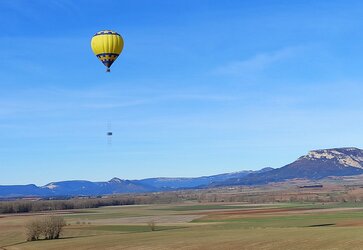

Envision targets on Venus’s surface
ESA’s Envision mission will study Venus’s surface with a selection of science instruments to understand why our closest neighbour in space is so different.
Below its thick cloud cover, mysterious Venus has a fascinating surface covered with volcanoes, craters, rifts and faults, highlands, lowlands, and lava fields. These terrains were revealed in images taken by NASA’s Magellan mission. Envision will image a large portion of these in much greater detail to answer questions about the evolution of the planet’s surface – for example, how active the planet is today, what kinds of rock and dust can be found, and how old the surface is.
To ensure that it collects data on the most interesting parts of Venus’s surface, Envision’s observations are carefully planned by scientists, including planetary geologists. The spacecraft’s VenSAR radar instrument will be the first to map parts of the surface down to 10 m resolution, and even to allow scientists to investigate the surface properties and texture.
[Image description: This image shows interesting areas on Venus that ESA's Envision mission will study in detail, as well as examples of questions it hopes to answer. In the middle we see an oval-shaped colour-coded Venus terrain map, where pink shows the highlands and purple shows the lowlands. Four insets, two on each side, show black-and-white close-up images of specific regions Envision will look at and questions it hopes to answer.]





